Struggling with bulky door tracks that ruin your clean design? They collect dust and spoil the minimalist aesthetic. Imagine a door that appears to float effortlessly, creating a seamless, modern look.
An invisible sliding door system is a set of hardware that conceals the track and rollers, usually within the wall, ceiling, or behind the door itself. This creates a clean, minimalist appearance where the door seems to glide magically without any visible support, enhancing the elegance of a space.
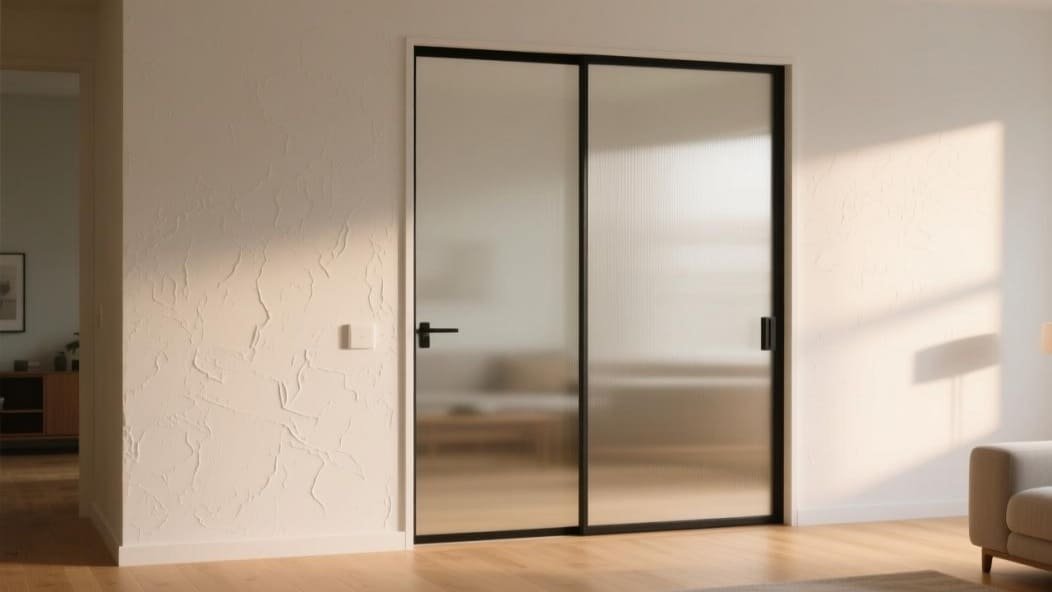
You’ve seen the stunning effect of these doors in high-end projects and magazines. The clean lines and uninterrupted flow of the room are impressive. But how exactly do they achieve this "floating" look, and what do you need to know before you can offer them to your clients? As a factory owner, I’ve seen the demand for these systems grow year after year. Let’s dive into the details so you can confidently source and specify the right hardware for your next project.
How does a trackless sliding door work?
You love the floating door look but can’t figure out the magic. Complicated mechanisms seem daunting to install. The secret lies in clever hardware that is surprisingly straightforward to work with.
A trackless sliding door works by using a concealed overhead track, often recessed into the ceiling or hidden above the doorway. Rollers fixed to the door’s top edge run along this hidden track. A small, discreet pin or block on the floor guides the door, preventing sway.
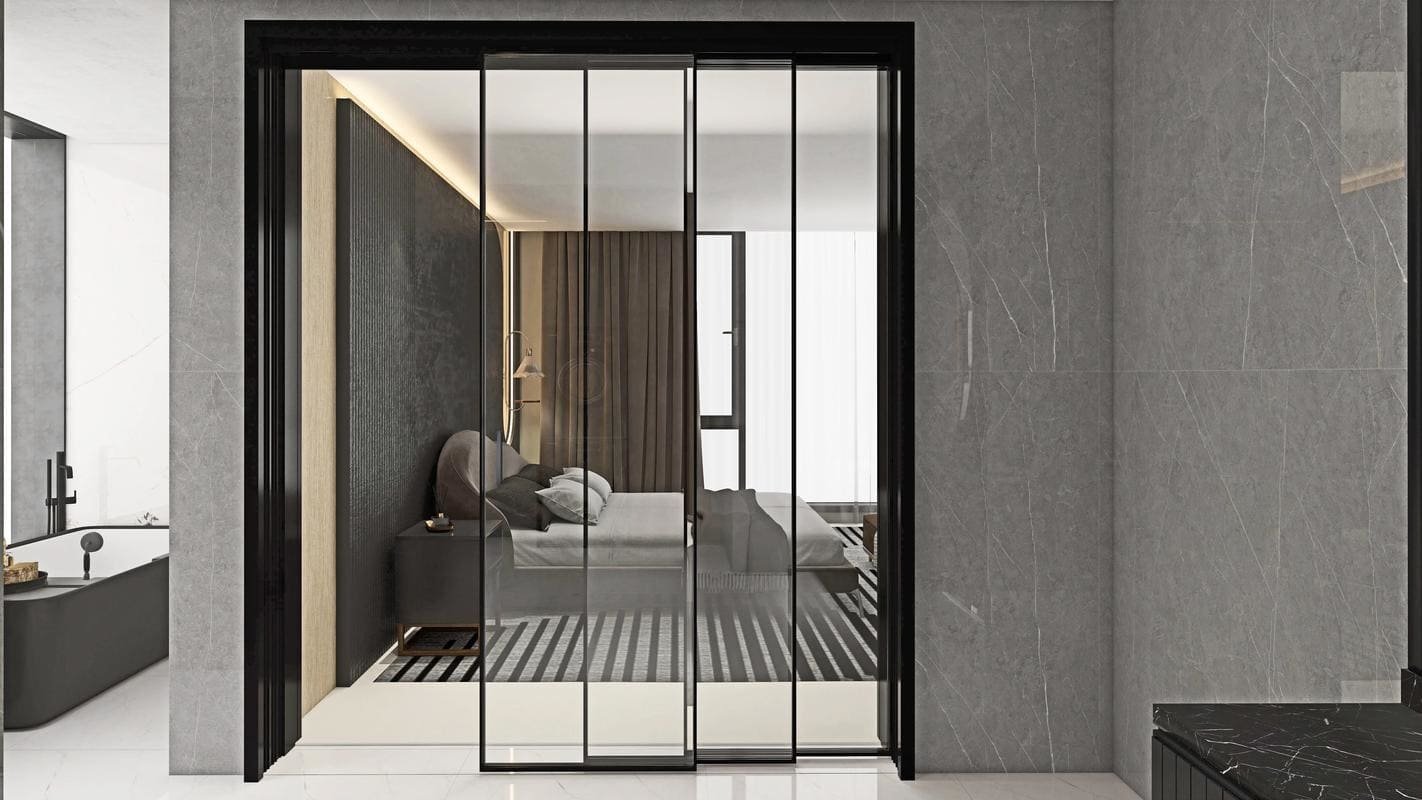
In my years of manufacturing hardware, I’ve learned that the genius of this system is its simplicity. It’s not magic; it’s just great engineering. The entire weight of the door is supported from above, which is why the quality of the overhead track and rollers is so critical. We design these components to be incredibly strong yet operate almost silently. The floor guide is the unsung hero, doing its job without being seen.
The Core Components
The system relies on two main parts working together: the hidden track that bears the load and the floor guide that ensures stability.
- Overhead Track & Rollers1: This is the powerhouse. The track is typically an aluminum rail installed flush within the ceiling or hidden behind a matching pelmet. The rollers are attached to the top of the door and are engineered with high-quality bearings for a smooth, quiet glide.
- Floor Guide2: This small component is crucial. It’s usually a small pin or a plastic block fixed to the floor in a concealed spot. A channel routed into the bottom of the door runs over this guide, keeping the door perfectly aligned.
| Component | Function | Installation Notes |
|---|---|---|
| Overhead Track | Bears the full weight of the door | Can be recessed for total invisibility or wall-mounted. |
| Rollers | Connect the door to the track and enable movement | Must be matched to the door’s weight. |
| Floor Guide2 | Prevents the door from swinging or swaying | Requires a small groove in the bottom of the door. |
Trying to source this product with the wrong name can be frustrating. You’ll get irrelevant results and waste valuable time. I’ll give you the common industry terms to make your search easier.
A hidden sliding door is known by several names, including "invisible sliding door," "ghost door," "trackless sliding door," or "concealed sliding door system." If the door slides into a wall cavity, it is specifically called a "pocket door." The exact terminology can vary by region and manufacturer.
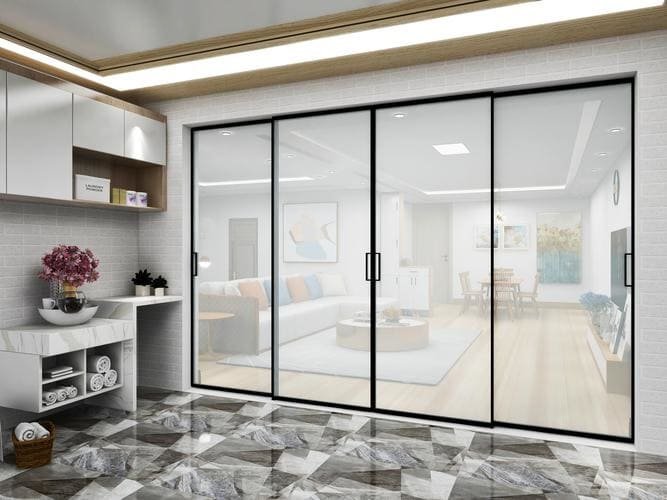
When talking to purchasers like Jacky from Canada, I always make sure we are clear on the terminology. Using the right name is essential when placing a wholesale order to avoid any mix-ups. Whether you are looking for a system that mounts on the surface of the wall or one that disappears into it, knowing the right name ensures you are getting quotes for the correct product.
Decoding the Terminology
Understanding the different names helps you find exactly what you need for your projects. While some terms are used interchangeably, others refer to very specific applications.
- Invisible or Ghost Door3: These terms usually refer to systems where the track is hidden above the opening, and the door panel slides along the face of the wall. The hardware is completely out of sight when the door is closed.
- Pocket Door4: This name is reserved for a system where the door slides into a "pocket" or cavity built into the wall, disappearing completely when open. This requires more structural planning.
| Term | Primary Feature | Common Use Case |
|---|---|---|
| Invisible/Ghost Door | Hidden overhead track, door slides parallel to the wall | Creating a minimalist feature door or room divider. |
| Pocket Door4 | Door disappears into a wall cavity | Bathrooms, closets, or any area where swing space is limited. |
| Concealed Sliding System | A general term covering all types of hidden hardware | Used in technical specifications and by manufacturers. |
What sliding door has no visible track?
Visible tracks can interrupt the clean, flowing lines of a modern interior. They look dated and create a visual break. Fortunately, several systems are designed to achieve a completely seamless look.
Designs like invisible sliding doors, pocket doors, and certain "floating" door systems have no visible track. They hide the mechanism by recessing it into the ceiling, concealing it with a pelmet, or mounting the hardware directly behind the door panel so it is always out of sight.
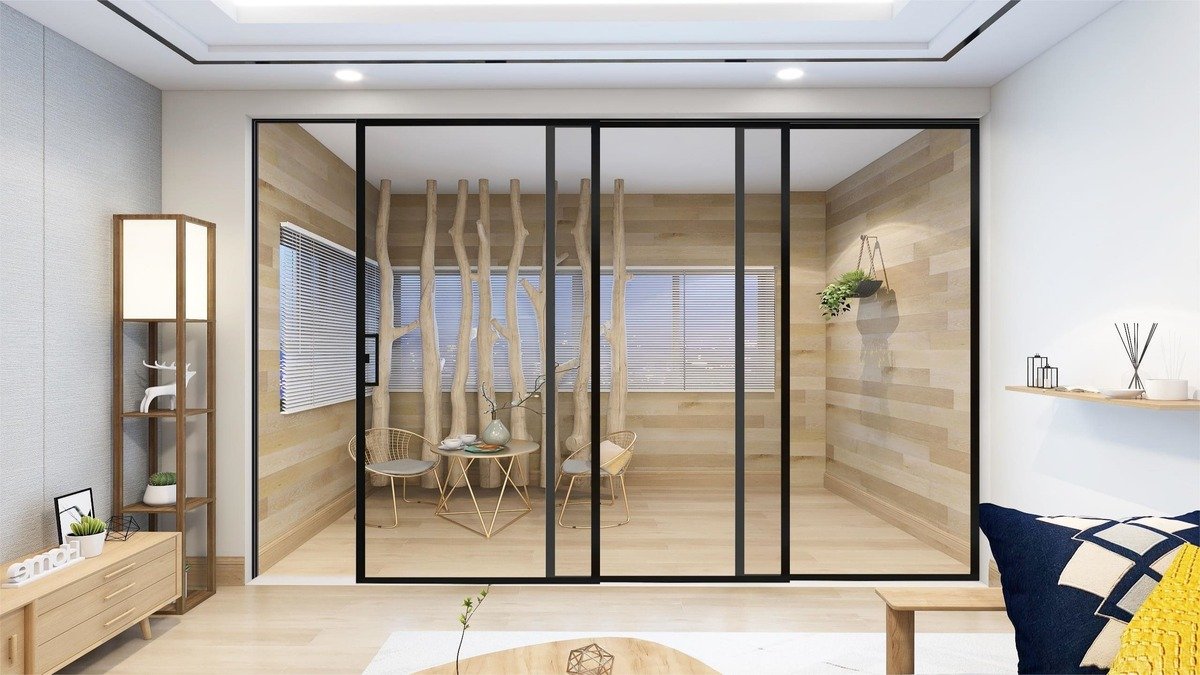
The goal is always to make the hardware disappear so the door itself becomes the star. I had a client, a large-scale contractor, who was renovating a series of luxury apartments. He needed a solution that was sleek and maintenance-free. We recommended our ceiling-recessed system. His installation team could build the track right into the ceiling structure before the final plastering. The result was a flawless finish where the doors looked like moving panels of the wall itself.
Methods for Hiding the Track
There are a few key methods we use in our factory to produce systems with no visible track. Each has its ideal application.
- Ceiling-Recessed: For the ultimate invisible look. The track is installed at the framing stage and becomes part of the ceiling. This requires planning but delivers the cleanest possible finish.
- Wall-Mounted with Cover (Pelmet): A more flexible option. The track is mounted on the wall above the door, and a cover or "pelmet," often finished to match the wall, hides it from view.
- Hardware Behind the Door: Some innovative systems mount the entire track-and-roller mechanism to the back of the door panel, with only small guide wheels running along the wall. This creates a "floating" effect.
| System Type | How It Hides the Track | Best For |
|---|---|---|
| Ceiling-Recessed System | Track is built into the ceiling structure. | New construction or major renovations for a seamless look. |
| Wall-Mounted with Pelmet | A cover matching the wall hides the wall-mounted track. | Retrofitting projects or when ceiling access is limited. |
| "Floating Door" System | The entire mechanism is concealed behind the door panel. | Creating a dramatic visual effect, making the door a focal point. |
What is an invisible door?
You’re seeing doors that blend perfectly into the wall, with no visible frame or hinges. You’re wondering how it’s done. This look requires a different, but related, type of hardware.
An invisible door, also known as a frameless or flush door, is a hinged door designed to sit perfectly flush with the wall. It uses concealed hinges and a special frame that is plastered into the wall, making the door panel itself almost undetectable when closed.
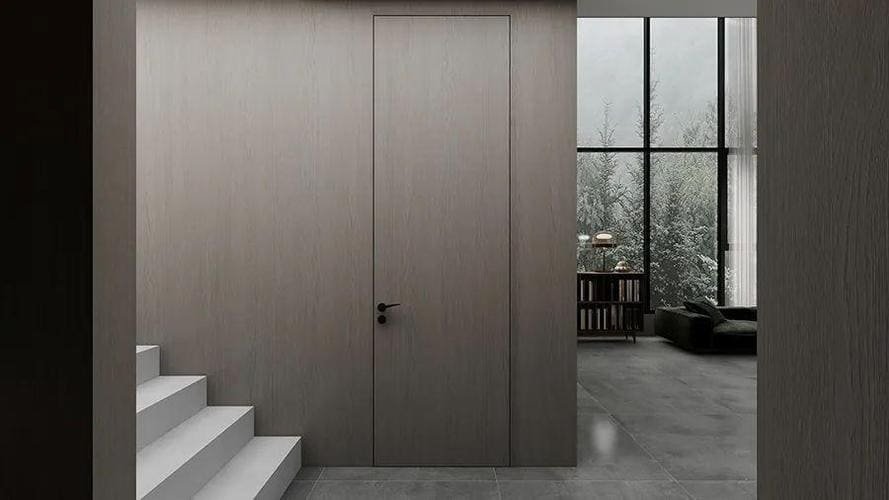
While our main business at opensliding is sliding hardware, we also work with partners who produce the concealed hinges and frameless systems needed for these invisible hinged doors. The principle is the same: hide the hardware to elevate the design. For a purchasing professional like Jacky, having access to a full range of concealed hardware—both sliding and hinged—is a huge advantage. It allows you to offer your clients a complete, cohesive design solution for any project.
Distinguishing Between Sliding and Hinged
It’s important not to confuse an invisible sliding door with an invisible hinged door. They achieve a similar flush, minimalist look but function very differently. Understanding the distinction is key for specifying the right product.
- Function: One slides along a track, while the other swings on hinges. The choice depends on the available space and desired movement.
- Hardware: Sliding systems use tracks and rollers. Hinged systems use concealed hinges and special jambs that are integrated into the wall.
| Feature | Invisible Sliding Door | Invisible Hinged Door |
|---|---|---|
| Movement | Slides horizontally along or into a wall. | Swings open and closed on a vertical axis. |
| Key Hardware | Hidden track, rollers, floor guide. | Concealed hinges, frameless jamb/frame. |
| Wall Integration | Track is hidden in ceiling or by a pelmet. | Frame is plastered directly into the wall structure. |
| Best Application | Room dividers, closets, saving floor space. | Passageways, utility closets, creating a "secret" door. |
Conclusion
Invisible sliding door systems offer a sleek, modern solution for any space. By hiding the hardware, they allow for clean lines and create an elegant, minimalist look for your projects.
Explore this link to understand how Overhead Track & Rollers enhance door functionality and design. ↩
Learn about the importance of a Floor Guide in maintaining door alignment and preventing swaying. ↩ ↩
Explore this link to understand the unique features and benefits of Invisible or Ghost Doors for your projects. ↩
Discover the advantages of Pocket Doors, including space-saving benefits and design flexibility for your home. ↩ ↩

